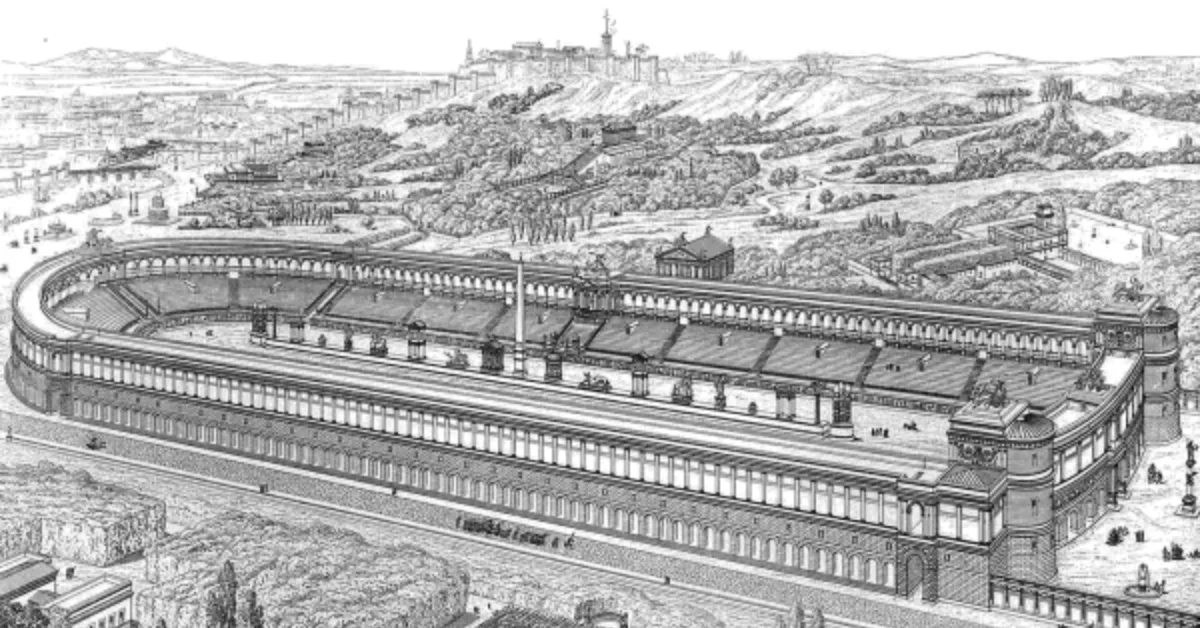Have you ever wondered how ancient societies organized their communities and entertained their people? In ancient Athens and Constantinople, the demes and the Hippodrome were pivotal in shaping political structures, social interactions, and cultural traditions. These institutions were not just local phenomena; they were central to the governance and unity of their societies. Let’s dive into What Was The Importance Of The Demes And Hippodrome the fascinating roles they played and how they left an enduring legacy.
Understanding Demes in Ancient Athens
Definition and Origin
The demes were local subdivisions in the region of Attica, serving as foundational units of political organization in ancient Athens. Established by Cleisthenes during his democratic reforms around 508/507 BCE, they were designed to decentralize power and promote greater citizen participation in governance. Each deme functioned like a small municipality, fostering a sense of community and local identity.
Political Significance
- Administrative Functions
Demes managed local affairs, such as maintaining citizen records, organizing religious festivals, and collecting taxes. Elected officials, known as demarchs, oversaw these responsibilities, ensuring smooth administration. - Role in Democracy
Demes were integral to Athenian democracy. They served as the basis for citizen enrollment and representation in the Boule, or Council. Each deme contributed members to the Boule, ensuring every region had a voice in legislative decisions. This system was a cornerstone of Athens’ democratic principles.
Social and Cultural Impact
The demes fostered a strong sense of community. Local festivals and religious ceremonies were organized within these subdivisions, preserving cultural traditions and strengthening bonds among citizens. They also encouraged active civic participation, creating a society deeply engaged in its governance and culture.
The Hippodrome of Constantinople
Historical Background
The Hippodrome of Constantinople, constructed by Emperor Septimius Severus and later expanded by Constantine the Great, was an architectural marvel. Completed in the 4th century CE, it measured approximately 450 meters in length and 130 meters in width, with a U-shaped track. This grand arena could hold tens of thousands of spectators, making it the beating heart of Byzantine social life.
Multifaceted Role in Byzantine Society
- Center for Chariot Racing
Chariot races were immensely popular, with teams like the Blues and Greens captivating the masses. These events provided thrilling entertainment and allowed citizens from all social classes to come together. - Political Arena
The Hippodrome was more than just a sports venue; it was a political stage. Emperors used it to address the public, hold imperial ceremonies, and gauge the mood of their citizens. It also became a platform for protests and demonstrations, giving people a voice in political matters. - Social and Cultural Hub
Beyond races, the Hippodrome hosted parades, public executions, and displays of art and monuments. It was a space where diverse social classes mingled, making it a melting pot of Byzantine culture.
The Nika Riots: A Case Study
One of the most dramatic events in the Hippodrome’s history was the Nika Riots of 532 CE. What began as a clash between rival chariot factions escalated into a large-scale rebellion against Emperor Justinian I. The riots led to the destruction of parts of Constantinople and resulted in the reconstruction of iconic landmarks like the Hagia Sophia. The event highlighted the Hippodrome’s dual role as an entertainment venue and a political flashpoint.
Comparative Analysis
Political Structures and Public Spaces
While demes served as localized units of governance, the Hippodrome functioned as a centralized space for imperial authority. Both played crucial roles in ensuring that citizens had avenues to engage with their rulers and societal systems.
Community Identity and Social Cohesion
The demes fostered localized identities, encouraging active civic participation. In contrast, the Hippodrome brought together people from all over Constantinople, uniting them through shared experiences of entertainment and political discourse.
Influence on Modern Institutions
The principles behind the demes can be seen in modern municipal governance, where local governments address the needs of their communities. Similarly, the Hippodrome’s function as a cultural and political hub finds parallels in today’s sports stadiums, which often host events that unite communities and serve as platforms for public expression.
Conclusion
The demes and the Hippodrome were far more than administrative units and entertainment venues; they were the lifeblood of their societies. The demes empowered citizens through local governance and cultural preservation, while the Hippodrome brought people together, offering a space for both celebration and political expression. Their legacy endures in modern concepts of governance, community, and public spaces, reminding us of the timeless importance of fostering civic engagement and cultural unity.
FAQs About What Was The Importance Of The Demes And Hippodrome
What were the demes in ancient Athens?
The demes were local subdivisions in Attica, established to decentralize power and promote democratic governance in ancient Athens.
What was the Hippodrome of Constantinople used for?
The Hippodrome was a venue for chariot races, imperial ceremonies, public gatherings, and cultural events.
How did the demes contribute to Athenian democracy?
Demes served as the basis for citizen enrollment and representation in the Boule, ensuring inclusive participation in governance.
What were the Nika Riots?
The Nika Riots were a rebellion in 532 CE sparked by rival chariot factions in the Hippodrome, leading to widespread destruction and political upheaval.
Are there modern equivalents of the demes and Hippodrome?
Yes, modern municipal governments reflect the principles of the demes, while sports stadiums serve as contemporary versions of the Hippodrome for entertainment and public gatherings.



